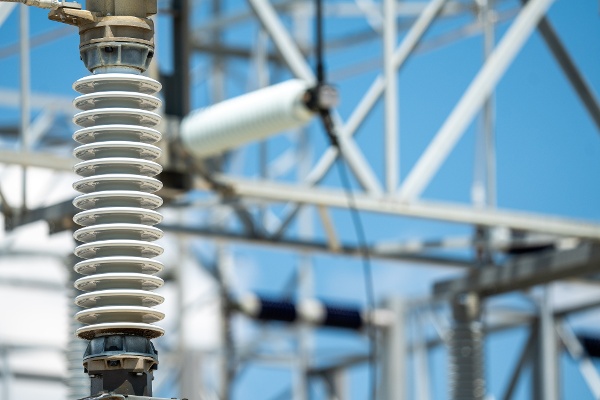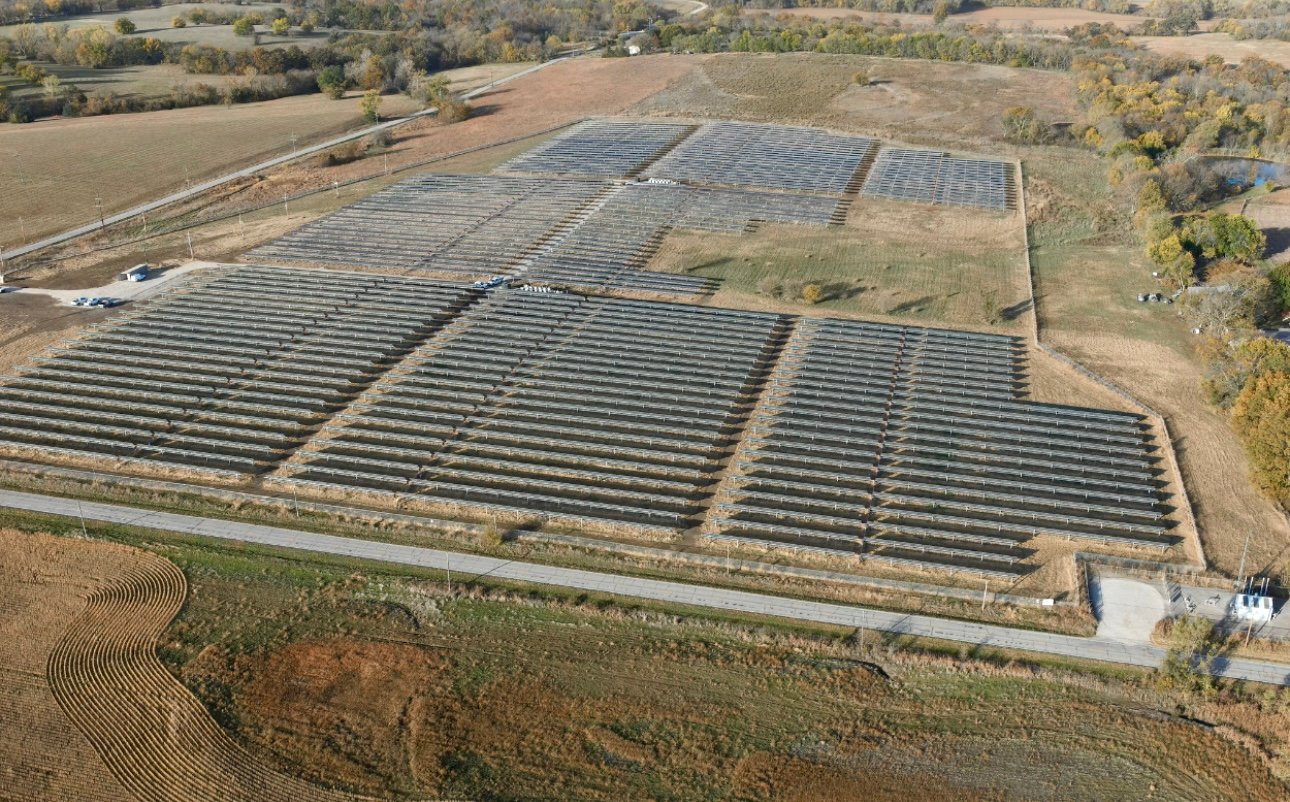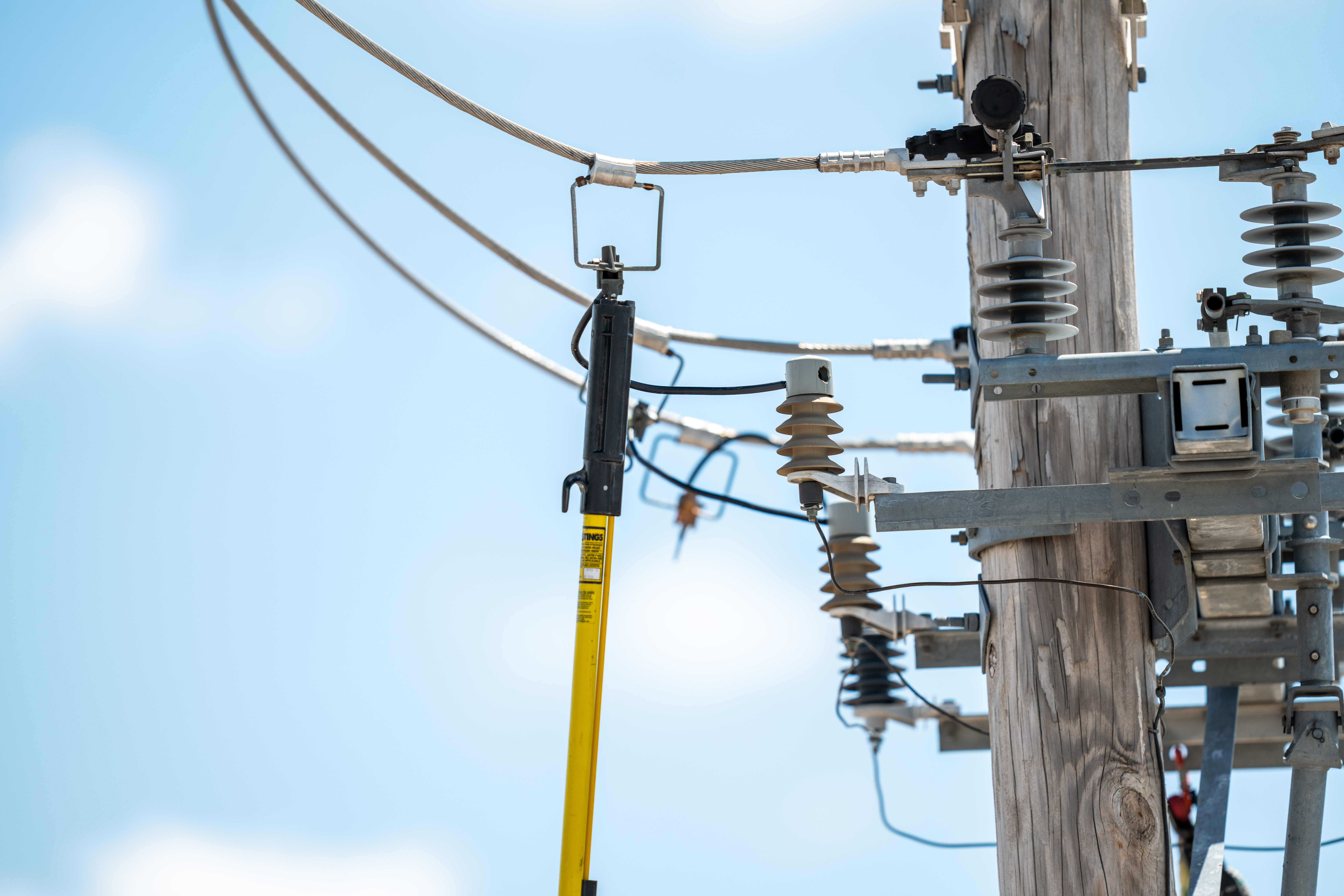Case Study: Osawatomie Solar Array
Evergy is committed to providing our customers with cost-effective, reliable renewable energy solutions to help build a more sustainable future....

The development of more wind farms and solar arrays, along with conventional unit retirements and high natural gas prices have increased volatility in the Southwest Power Pool (SPP) marketplace. While natural gas prices will continue to fluctuate the transition from conventional resources to renewable generation will continue. Several new measures have been approved through the SPP stakeholder process to mitigate market volatility and improve reliability across the region.
We’ve summarized these new measures below to help you understand the implications for municipalities and cooperatives and prepare for upcoming changes in SPP.
On March 1, 2022, SPP introduced ramp products to the Integrated Marketplace to systematically pre-position resources with ramp capabilities to manage net load variations and uncertainties. Ramp products serve two main purposes in SPP: reducing cost and improving reliability. In fact, cost-benefit studies of ramp products utilized in MISO show potential annual savings of $3.8-5.4 million.
Introduction of ramp products in SPP should result in:
According to a recent report from SPP, no ramp down has been utilized since March 1, but the ramp up product has seen non-zero prices 31% of the time in Day-Ahead and 14% of the time in Real-Time. There was an increased need for ramp up in May, June and July with faster swings in load and higher load requirements.
In addition, an uncertainty market product was also approved through the SPP stakeholder process and recently by the Federal Energy Regulatory Commission (FERC). This second new product that will help manage market volatility is expected to be implemented in May 2023.
Regulating reserve margin is one way that SPP improves reliability by ensuring that the region always has more supply available than may be required. On July 26, 2022, the SPP Board of Directors voted to increase the reserve margin from 12% to 15% effective for the summer of 2023. The Regional State Committee had also approved the change a day earlier.
In the long run, this increase will improve power reliability and flexibility on days when wind or solar generation drops off due to weather changes or conventional units are undergoing maintenance. Power providers in SPP should plan ahead for this increase, as the sudden increase will likely cause a short-term rush for additional capacity.
In response to 2021 Winter Storm Uri, SPP has requested that all load responsible entities and generator owners provide current winterization plans by August 31, 2022. Your winterization plan may include:
These plans will not be reviewed for compliance or used to enforce standards. SPP will review the winterization plans for the purpose of data collection. Following Winter Storm Uri, SPP’s Improved Resource Availability Task Force (IRATF) is working to address improvements within our planning and operational processes that could minimize the impacts from future extreme weather events in the region. As a result, we anticipate seeing new winterization standards introduced in the coming years.
The measures mentioned above are utilized in conjunction with SPP’s ancillary services, which are required to maintain grid stability and security. These include:
When used in conjunction with existing ancillary services, SPP’s new measures should help to mitigate the impact of market volatility for power providers. As more renewable sources are added to the fold, these measures aim to improve reliability and offer cost savings across the market.
As the market evolves, municipal and cooperative clients need flexible energy management solutions that account for renewables while prioritizing cost and reliability. Learn more about Evergy Energy Partners’ energy management solutions.

Evergy is committed to providing our customers with cost-effective, reliable renewable energy solutions to help build a more sustainable future....

People's Electric Cooperative (PEC), an electric cooperative serving rural areas in south-central Oklahoma, joined forces with Evergy Energy Partners...

The energy landscape of the United States is rapidly changing, driven by a focus on clean energy and the need for a more flexible and resilient grid....